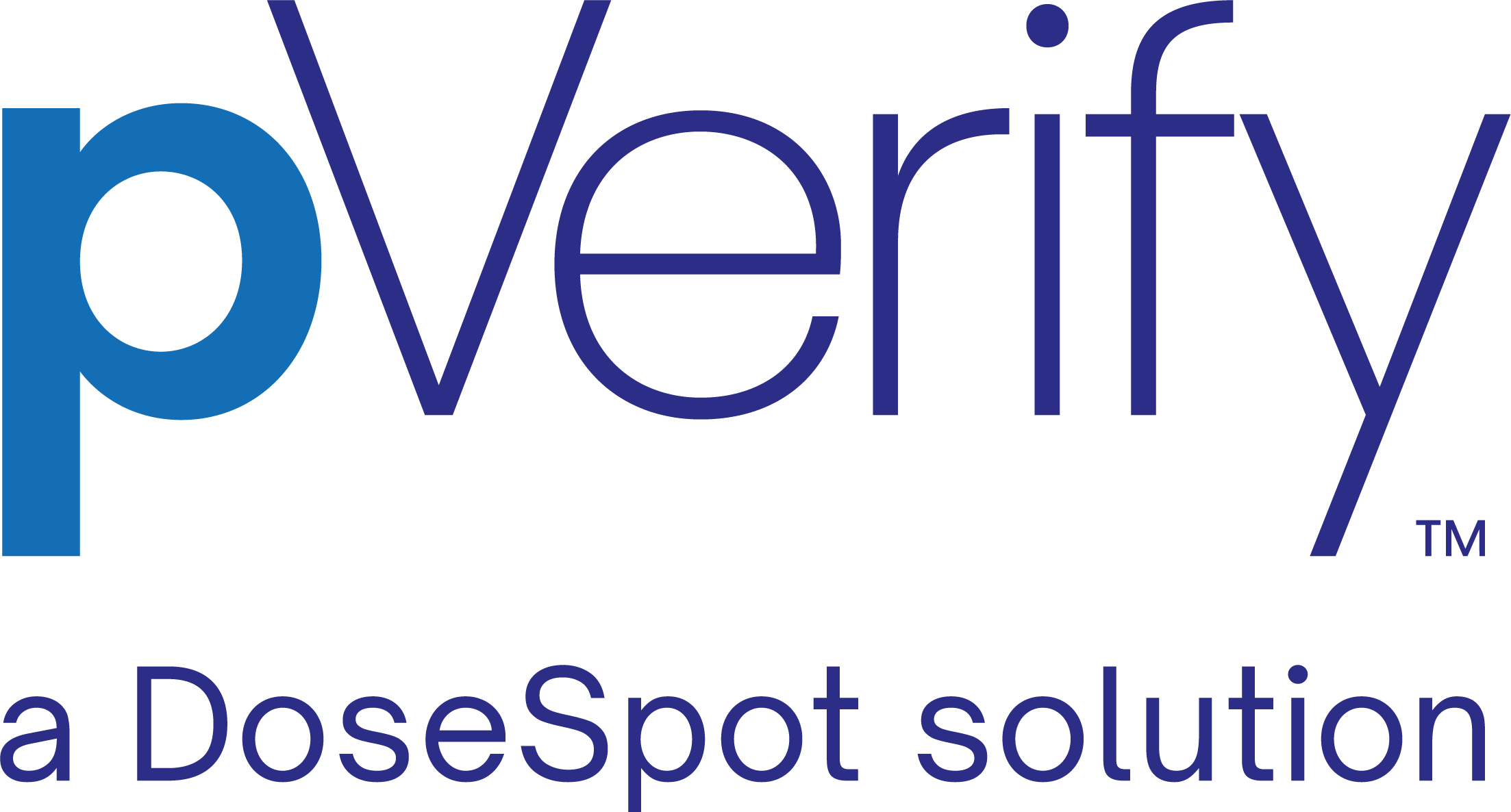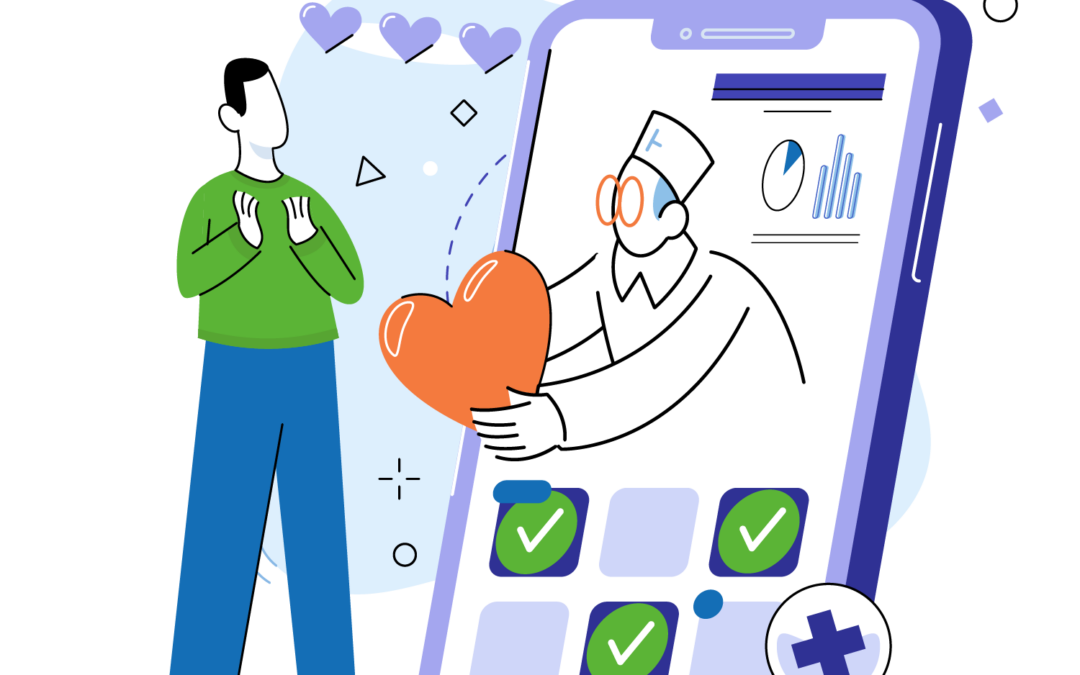BLOG
What are the Benefits of APIs in Healthcare?
An API, or Application Programming Interface, lets software applications communicate with each other to exchange data, features and functionality based on a set of rules or protocols.
Leveraging APIs as a healthcare provider or as a software provider for healthcare companies has many benefits. Let’s take a look at seven key benefits of APIs in healthcare.
Interoperability
APIs facilitate seamless communication and data exchange between different healthcare systems, such as electronic health records (EHRs), insurance eligibility and verification providers, hospital information systems (HIS), laboratory systems, and more. This interoperability enables healthcare providers to access and share patient information more efficiently.
Insurance Eligibility Use Case: Healthcare providers often need to verify a patient’s insurance coverage and eligibility before providing services to ensure proper billing and reimbursement. APIs enable seamless integration between the provider’s electronic health record (EHR) system and insurance eligibility software offered by payers. By leveraging APIs for interoperability between EHR systems and insurance eligibility software, healthcare providers can streamline administrative processes, reduce claim denials, and ensure accurate billing, ultimately improving the patient experience and financial outcomes.
Enhanced Patient Engagement
APIs can be used to develop patient-facing applications that allow individuals to access their health records, schedule appointments, request prescription refills, and communicate with healthcare providers securely. This fosters greater patient engagement and empowers individuals to take control of their health.
Patient Accessing Medical Records: With the help of an API, a patient can securely access their medical records.
Here’s how that process works:
Interoperability
APIs facilitate seamless communication and data exchange between different healthcare systems, such as electronic health records (EHRs), insurance eligibility and verification providers, hospital information systems (HIS), laboratory systems, and more. This interoperability enables healthcare providers to access and share patient information more efficiently.
Insurance Eligibility Use Case: Healthcare providers often need to verify a patient’s insurance coverage and eligibility before providing services to ensure proper billing and reimbursement. APIs enable seamless integration between the provider’s electronic health record (EHR) system and insurance eligibility software offered by payers. By leveraging APIs for interoperability between EHR systems and insurance eligibility software, healthcare providers can streamline administrative processes, reduce claim denials, and ensure accurate billing, ultimately improving the patient experience and financial outcomes.
Integration
APIs allow healthcare organizations to integrate various software applications and services into their existing systems. For example, they can integrate third-party applications for telemedicine, insurance eligibility and verification, or analytics tools, enhancing the functionality of their platforms. Telemedicine Use Case: Telemedicine platforms connect patients with healthcare providers remotely. APIs play a crucial role in integrating these platforms with various health IT systems. For example, when a patient schedules a virtual appointment through a telemedicine app, APIs can be used to pull relevant patient data from their EHR system securely. During the virtual consultation, the provider can document the encounter directly into the patient’s EHR through API integration, ensuring that the information is immediately available to other healthcare providers involved in the patient’s care continuum, regardless of the system they use. This integration enhances care coordination and continuity while streamlining administrative workflows.Streamlined Workflows
APIs can automate repetitive tasks and streamline workflows by enabling systems to communicate with each other and exchange data in real time. This automation reduces manual data entry errors and frees up healthcare professionals’ time to focus on patient care. Prior Authorization Use Case: APIs can be used to simplify and automate the prior authorization process. This process improves the provider experience while enhancing clinical efficacy, connecting provider organizations to major payers via API to automate and simplify submitting and tracking requests for prior authorization. Provider costs are reduced, and decisions are communicated in real-time, reducing delays.Improved Patient Care
By enabling access to comprehensive patient data from various sources, APIs empower healthcare providers to make more informed decisions and deliver personalized care. For instance, physicians can access a patient’s complete medical history, including lab results, medication history, and imaging reports, leading to better diagnoses and treatment plans. Use Case: Using APIs, providers can access and use applications and data in electronic health records, or EHRs, in more innovative ways than those available in the existing EHR system. For example, a pediatrician may be able to use an app specifically designed for pediatric care to automatically perform detailed visualizations and data analysis during regular checkups and provide instant feedback to the parents on the child’s health.Enhanced Patient Engagement
APIs can be used to develop patient-facing applications that allow individuals to access their health records, schedule appointments, request prescription refills, and communicate with healthcare providers securely. This fosters greater patient engagement and empowers individuals to take control of their health.
Patient Accessing Medical Records: With the help of an API, a patient can securely access their medical records.
Here’s how that process works:
- The patient downloads and logs into the app with her username and password.
- The patient uses the application to link securely to an API for the healthcare provider’s EHR.
- The application sends a request to the patient’s health care provider EHR asking for access to her medical records.
- The health care provider’s EHR validates the request coming through its API and sends back the patient’s data to the app.
- The patient can now access health information from the app and can merge this information with other health information from other sources (for example, patient portals) to access all the data in one place.

